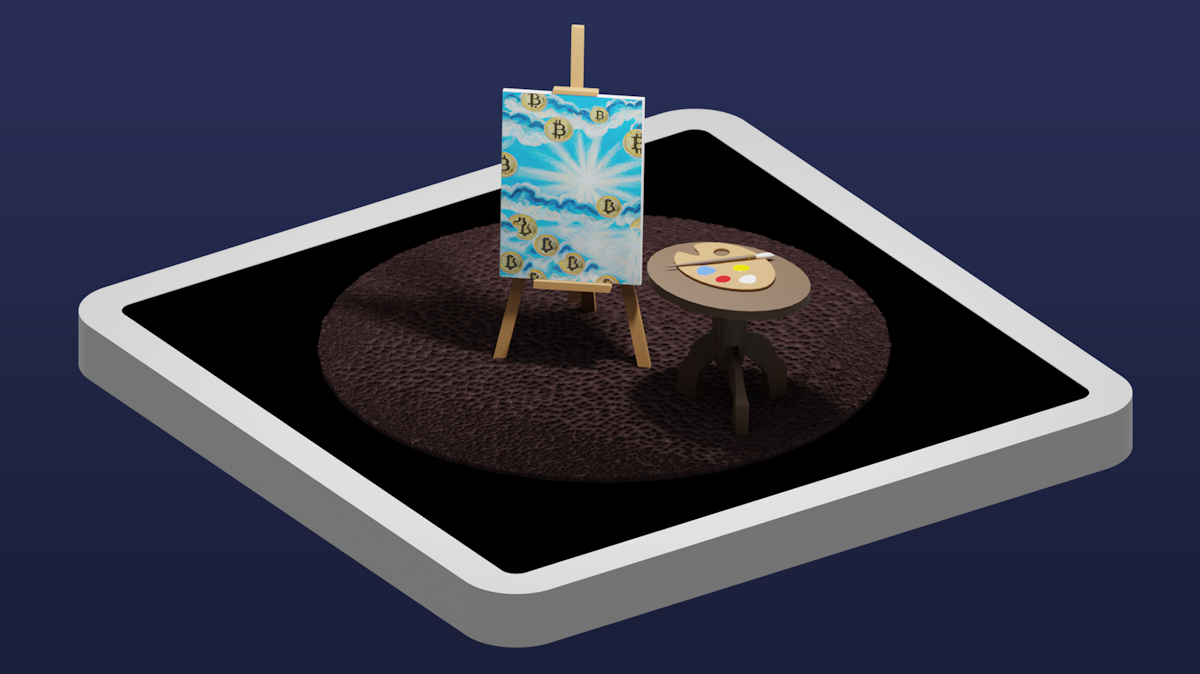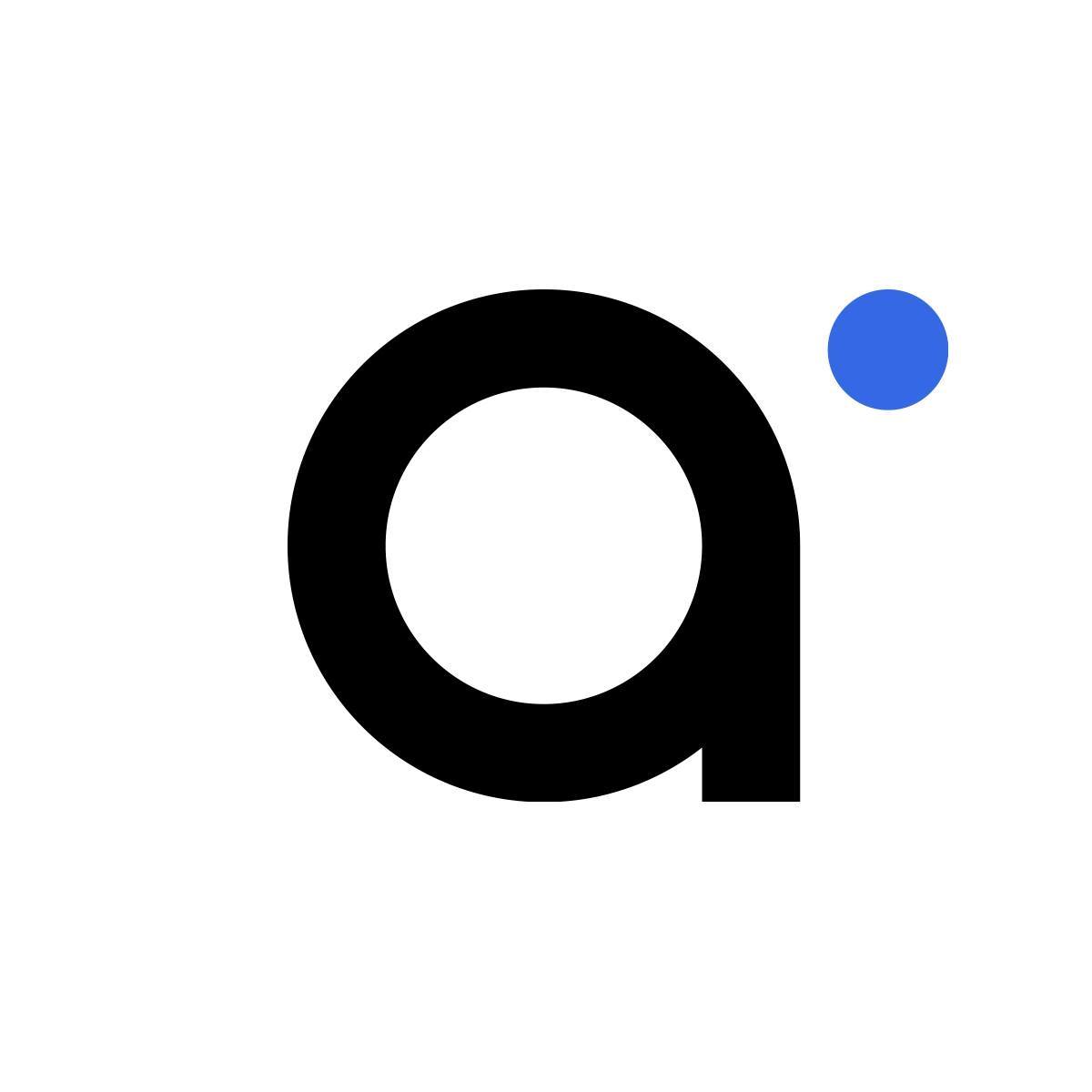What is an NFT?
An NFT is short for non fungible token, or non-exchangeable token. It is a smart contract recorded on a blockchain and is often used for works of art or collectibles. The NFT has experienced a lot of hype and is still very popular. You've probably heard about this, but many people don't know exactly what it is. That's why we wrote this lesson.
Brief summary
✔️ NFT is short for non fungible tokens, or a unique and non-exchangeable token.
✔️ NFTs are used for homes, paintings, other artwork and collectible projects.
✔️ An NFT is a smart contract recorded on a blockchain.
✔️ NFTs are sold through blockchain with no middlemen.
How do NFTs work?
NFT is an abbreviation for non fungible token. In Dutch, it means non fungible or non-exchangeable token. So what does that mean?
Everyone knows Bitcoin. This is a replaceable or redeemable token, a fungible token thus. If you've seen one, you've seen them all. It is not that you have beautiful Bitcoins, ugly ones, more expensive or cheaper ones, they are all exactly the same.
For example, an NFT is an image of a painting of which there is only one. This is a unique NFT and such a thing can be or become worth a great deal. An NFT is a smart contract that is recorded on a blockchain, so the blockchain knows that you are the owner of this NFT.
Examples of well-known NFTs
The first NFT was a moving digital artwork called "Quantum" by Kevin McCoy in 2014.
In 2015, Cyrus Adkisson created the first virtual world with NFTs: Etheria, where you could buy individual tiles as land NFTs. A temporary craze followed in 2017 with KryptoKitties, CyberPunks and Bored Ape Yacht Club. NFT finally broke through during the 2021 NFT hype.
How do you use an NFT?
Because a blockchain is decentralized, you can sell your NFT without middlemen. This frees up additional opportunities in the NFT world. If you go to sell a house, real estate agents charge a lot of money for it. If you turn your house into an NFT, then buyers and sellers only pay transaction fees to the blockchain.
Have you made a painting and you want a lot of money for it? Make it an NFT. If you have it sold by an expensive safe house, a lot of money will stick there. If you sell it yourself on the blockchain, you're much cheaper.
Creating an NFT
If you want to sell an NFT, you must first create it. To do that you create a digital object, put it on a blockchain platform like Ethereum, for example, and turn it into a tradable token and put it up for sale on, for example OpenSea (a kind of DeFi platform).
What is an NFT used for?
Most commonly, a NFT used for unique things, such as houses, paintings and other works of art and collections of collectibles like CryptoPunks.
Unique NFTs
Unique NFTs are worth the most in general. You can make an NFT of the first train that ran, the first airplane to take to the skies or the first tweet ever, which went for three million dollars. If you happen to own something truly unique, you can easily get a substantial amount of money for it if you make an NFT of it.
NFT and marketing
You can think of anything or it can be worth money. A simple NFT of a child biting another child went off the charts as "Charlie Bit My Finger" and fetched 650,000 euros. "Disaster Girl," a little girl grinning into the camera as a building burns down behind her in 2005 went for only half a million over the counter in 2021. Good marketing, it seems, is important. Is your meme popular, make an NFT and voila, big cash!
Beeple, an artist whose real name is Mike Winkelmann, sold his digital collectible "Everydays: The First 5000 Days" for about $70 million.
NFT in play to earn
A now established market in terms of NFTs is the in-game NFT. These are tokens that represent a special item that you can only get in the play to earn game. These include land, avatars, weapons or tools.
So in Decentraland you can buy all kinds of items as NFT, some being unique, such as land or your name, others rare and the next common or common. The unique ones are usually worth a lot or can become so. Land in a popular area is expensive, but if you have a special name you can charge a lot of money for that too.
The possibilities in terms of metaverse in-game NFTs are endless and there are already many games that work with this. They are known as play to earn games, such as Axie Infinity or The Sandbox. The NFTs in these games range from a few cents to thousands of dollars for just one item.
Musicians release albums as NFT, sell concert tickets that way or release fanware on which they collect royalties.
Disadvantages of NFT
Since an NFT is digital and on a blockchain you will have to store it in a wallet. Keeping an expensive item on a browser wallet like MetaMask would obviously be absurd. It's far too insecure for that and besides, the software is owned by others.
Storage of an NFT
So you will probably have to store it on a hardware wallet. That's relatively inexpensive, but where you're going to leave this device and secure it against water damage and fire is one thing. You should also never lose the wallet and it should not be stolen. In addition, you have to know how such a thing works well and insuring it can be a problem. With a physical painting, this is all much more obvious.
NFT scams
The NFT market is also unregulated. Who knows, maybe the seller of that Mona Lisa or whatever that thing was called from some Leonardo didn't have the rights to sell it as an NFT at all. Did you pay quite a lot of money for that!
If you want to go after the person who scammed you, you have little legal recourse. You don't even know who sold it to you, because it's not on the blockchain.
NFT risk
Another risk is that what you bought is suddenly worth nothing. For example, some Axies were hugely expensive, but if no one plays the game anymore it has become a worthless NFT. It is also possible that the NFT hype is over and no one is willing to give a penny for it anymore.

